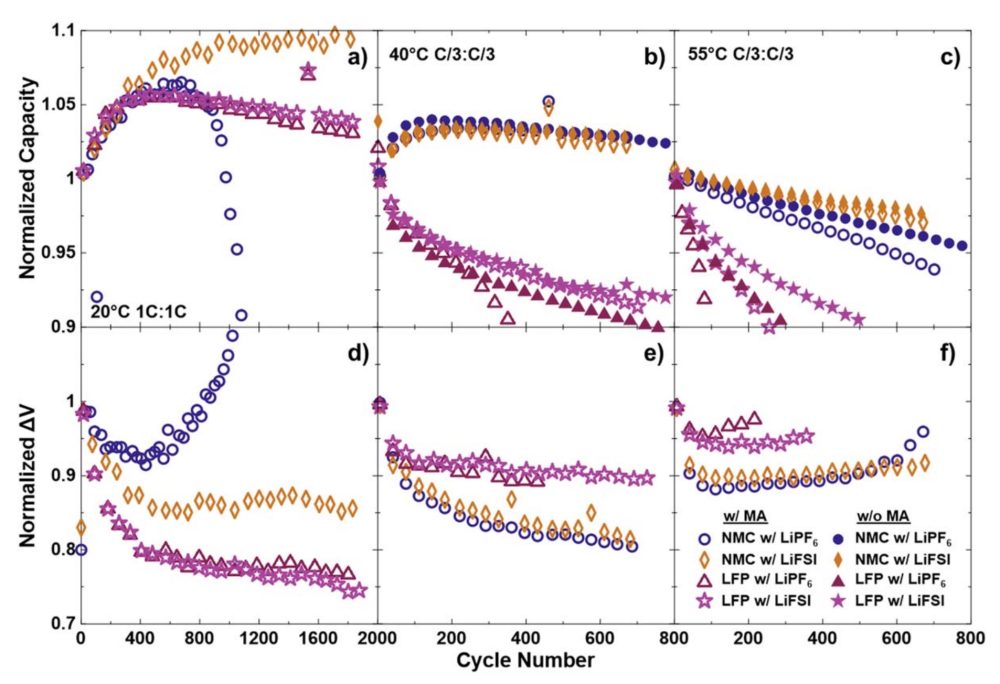Tesla’s advanced battery research group in Canada in partnership with Dalhousie University has released a new paper on a new nickel-based battery that could last 100 years while still favorably comparing to LFP cells on charging and energy density.
Back in 2016, Tesla established its “Tesla Advanced Battery Research” in Canada through a partnership with Jeff Dahn’s battery lab at Dalhousie University in Halifax, Canada.
Dahn is considered a pioneer in Li-ion battery cells. He has been working on the Li-ion batteries pretty much since they were invented. He is credited for helping to increase the life cycle of the cells, which helped their commercialization.
His work now focuses mainly on a potential increase in energy density and durability, while also decreasing the cost.
The group has already produced quite a few patents and papers on batteries for Tesla. The automaker recently extended its contract with the group through 2026 as it added two new leaders to be mentored by Dahn.
One of those new leaders, Michael Metzger, along with Dahn himself, and a handful of PhDs in the program, are named as authors of a new research paper called “Li[Ni0.5Mn0.3Co0.2]O2 as a Superior Alternative to LiFePO4 for Long-Lived Low Voltage Li-Ion Cells” in the Journal of the Electrochemical Society.
The paper describes a nickel-based battery chemistry meant to compete with LFP battery cells on longevity while retaining the properties that people like in nickel-based batteries, like higher energy density, which enables longer range with fewer batteries for electric vehicles.
The group wrote in the paper’s abstract:
Single crystal Li[Ni0.5Mn0.3Co0.2]O2//graphite (NMC532) pouch cells with only sufficient graphite for operation to 3.80 V (rather than ≥4.2 V) were cycled with charging to either 3.65 V or 3.80 V to facilitate comparison with LiFePO4//graphite (LFP) pouch cells on the grounds of similar maximum charging potential and similar negative electrode utilization. The NMC532 cells, when constructed with only sufficient graphite to be charged to 3.80 V, have an energy density that exceeds that of the LFP cells and a cycle-life that greatly exceeds that of the LFP cells at 40 °C, 55 °C and 70 °C. Excellent lifetime at high temperature is demonstrated with electrolytes that contain lithium bis(fluorosulfonyl)imide (LiFSI) salt, well beyond those provided by conventional LiPF6 electrolytes.
The cells showed an impressive capacity retention over a high number of cycles:

The research group even noted that the new cell described in the paper could last a 100 years if the temperature is controlled at 25C:
Ultra-high precision coulometry and electrochemical impedance spectroscopy are used to complement cycling results and investigate the reasons for the improved performance of the NMC cells. NMC cells, particularly those balanced and charged to 3.8 V, show better coulombic efficiency, less capacity fade and higher energy density compared to LFP cells and are projected to yield lifetimes approaching a century at 25 °C.
One of the keys appears to be using an electrolyte with LiFSI lithium salts, and the paper notes that the benefits could also apply to other nickel-based chemistries, including those with no or low cobalt.
FTC: We use income earning auto affiliate links. More.
Subscribe to Electrek on YouTube for exclusive videos and subscribe to the podcast.